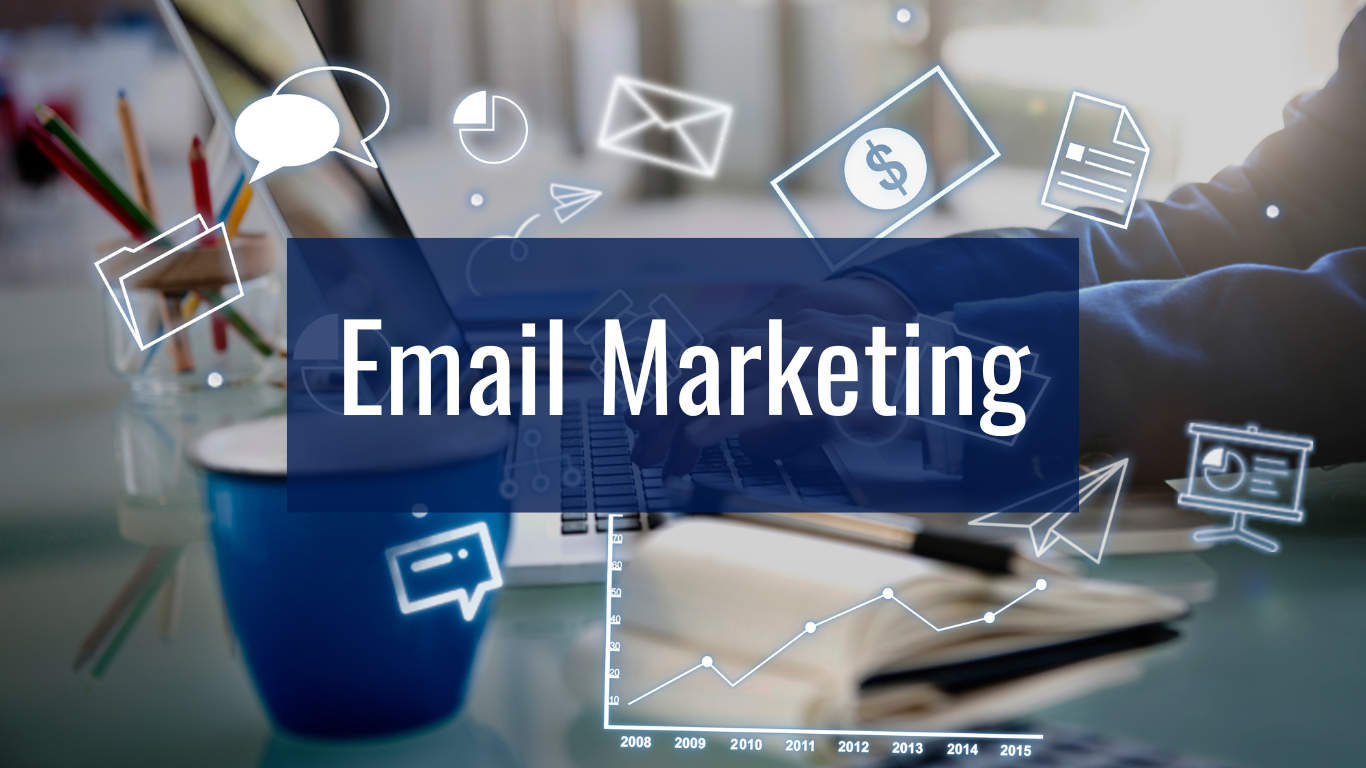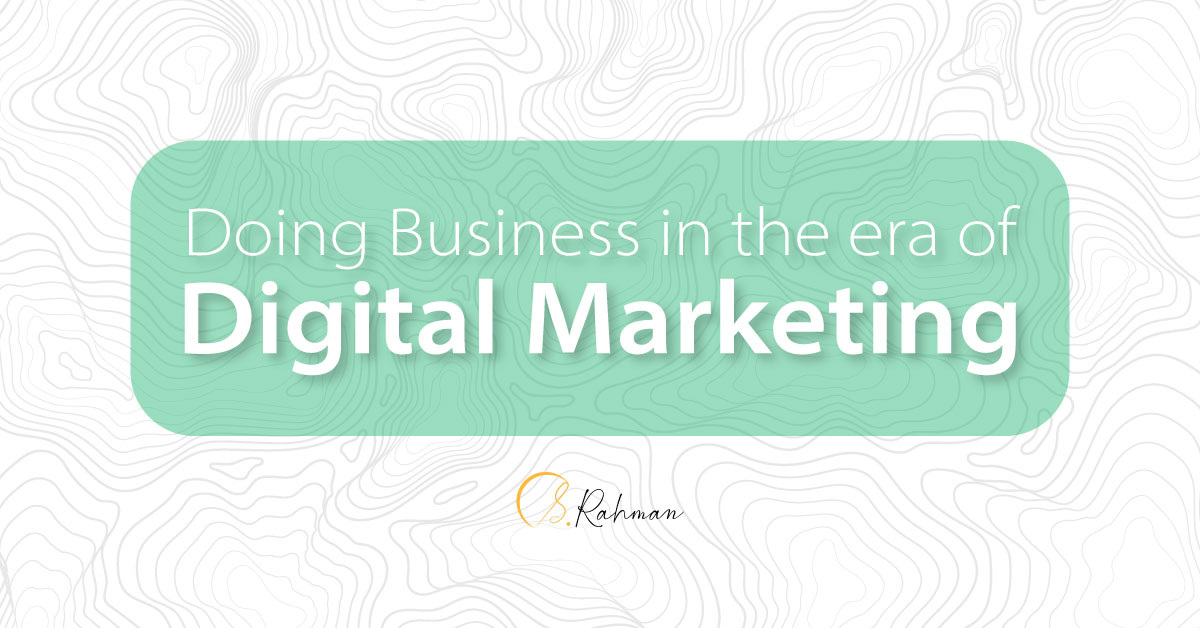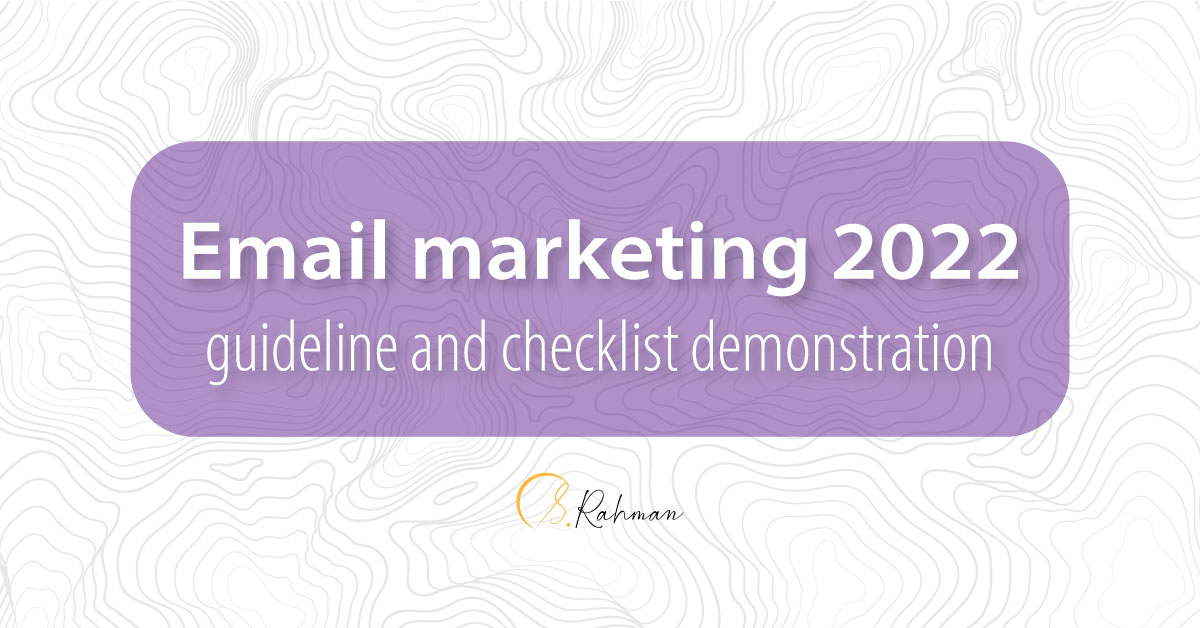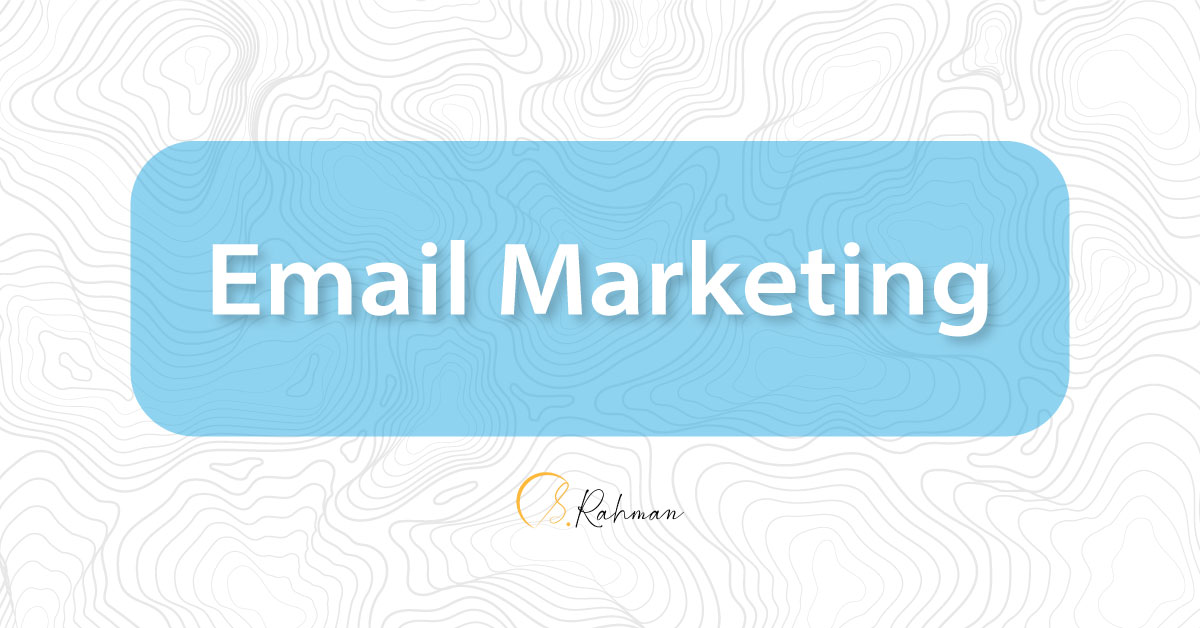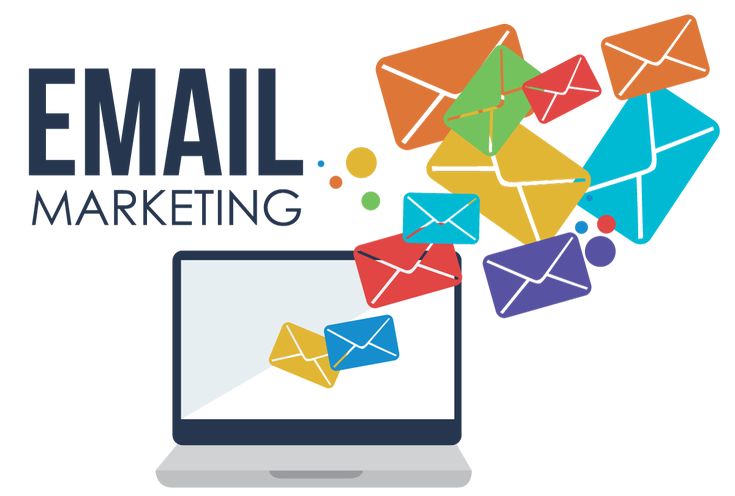
Best Email Marketing Guideline by Sayudur with Mailchimp 2024
[ez-toc] Introduction of Email Marketing :. It will take 1 minute to listen the audio about Email Marketing: Email marketing is a digital marketing strategy that involves sending targeted emails to a group of individuals or subscribers. It is a way for businesses to communicate with their audience, promote products or services, build customer loyalty, and drive conversions. Email marketing can be used for various purposes, such as sending newsletters, promotional offers, updates, event invitations, and more. It’s a cost-effective and efficient way to reach a large number of people directly in their inbox. Importance of Email Marketing: Email marketing has become an essential part of any successful marketing strategy. It allows businesses to reach their audience directly and build meaningful relationships. Mailchimp is a user-friendly platform that provides powerful features to help you create, send, and track your email campaigns. Email advertising is important for several reasons. Firstly, it allows businesses to directly reach their target audience in a personalized and targeted manner. By sending emails to subscribers who have opted in to receive communications, businesses can deliver relevant content and offers to individuals who are already interested in their products or services. Secondly, email marketing is a cost-effective strategy compared to traditional marketing channels. It eliminates the need for printing and postage costs associated with physical mailers. With Email advertising, businesses can reach a large number of people at a fraction of the cost. Additionally, Email advertising provides measurable results. Through email marketing software, businesses can track metrics such as open rates, click-through rates, and conversion rates. This data allows businesses to analyze the effectiveness of their campaigns and make data-driven decisions to optimize their email marketing strategies. Lastly, email marketing helps in building and nurturing customer relationships. By consistently delivering valuable and engaging content to subscribers, businesses can establish trust and credibility. This can lead to increased customer loyalty, repeat purchases, and word-of-mouth referrals. Overall, Email advertising is an important tool for businesses to connect with their audience, drive sales, and build long-term customer relationships. Guideline of Email Marketing: These are the process of using Mailchimp to optimize your Email advertising efforts. Setting up your Mailchimp account: To get started with Mailchimp, visit their website and sign up for an account. Once you’ve created your account, you can start setting up your email lists, designing templates, and creating campaigns. Building your email list: A strong email list is the foundation of successful Email advertising. Utilize various strategies to grow your list, such as website sign-up forms, social media promotions, and lead magnets. Mailchimp provides easy-to-use tools to help you manage and segment your email subscribers effectively. Designing eye-catching templates: Mailchimp offers a wide range of customizable templates to make your emails visually appealing. Choose a template that aligns with your brand and customize it to reflect your unique style. Remember to keep your design clean, mobile-friendly, and consistent with your brand identity. Crafting compelling email content: The content of your emails plays a crucial role in engaging your subscribers. Write clear and concise subject lines that grab attention and entice recipients to open your emails. Personalize your messages and provide value by offering exclusive discounts, useful tips, or relevant content. implementing schema markup for email content: Schema markup can enhance your email marketing efforts by providing search engines with additional information about your content. It helps improve the visibility of your emails in search results and can lead to higher open rates. Consider implementing schema markup for events, products, or articles mentioned in your emails. Automating your email campaigns: Save time and increase efficiency by automating your email campaigns. Mailchimp’s automation features allow you to set up triggered emails based on specific actions or events. For example, you can send a welcome email to new subscribers or a follow-up email after a purchase. Testing and analyzing your campaigns: Regularly test different elements of your email campaigns, such as subject lines A/B testing your emails: To optimize your email campaigns, conduct A/B testing. Test different elements like subject lines, call-to-action buttons, or email layouts to see what resonates best with your audience. Use Mailchimp’s built-in testing tools to track the performance of each variation and make data-driven decisions. Personalization and segmentation: Segmenting your email list allows you to send targeted and personalized content to specific groups of subscribers. Use Mailchimp’s segmentation tools to divide your list based on demographics, preferences, or past interactions. Personalized emails have higher open and click-through rates, leading to better engagement. Monitoring and analyzing campaign performance: Mailchimp provides comprehensive analytics to measure the success of your email campaigns. Track metrics like open rates, click-through rates, and conversion rates to gauge the effectiveness of your emails. Use this data to identify trends, make improvements, and refine your future campaigns. Compliance with email marketing regulations: Ensure that your Email advertising efforts comply with relevant regulations, such as the General Data Protection Regulation (GDPR) or the CAN-SPAM Act. Familiarize yourself with these guidelines to protect your subscribers’ privacy and avoid legal issues. Integrating Mailchimp with other tools: Mailchimp offers integrations with various platforms, such as e-commerce platforms, CRM systems, and social media channels. Explore these integrations to streamline your marketing efforts and enhance your overall strategy. We have to optimize our website’s content with schema markup. They are key pieces of information that can help us understand and implement schema markup effectively. Here are the steps: Types of schema markup: Schema markup offers a wide range of types to choose from, including articles, events, products, recipes, and more. Each type has specific properties that can be used to provide detailed information to search engines and enhance your search results. Implementing schema markup: To implement schema markup, you can add the appropriate schema tags directly to your HTML code. You can also use tools like Google’s Structured Data Markup Helper or Schema.org’s generator to create the markup code more easily. Once implemented, search engines can understand your content better and display rich snippets in search results.



